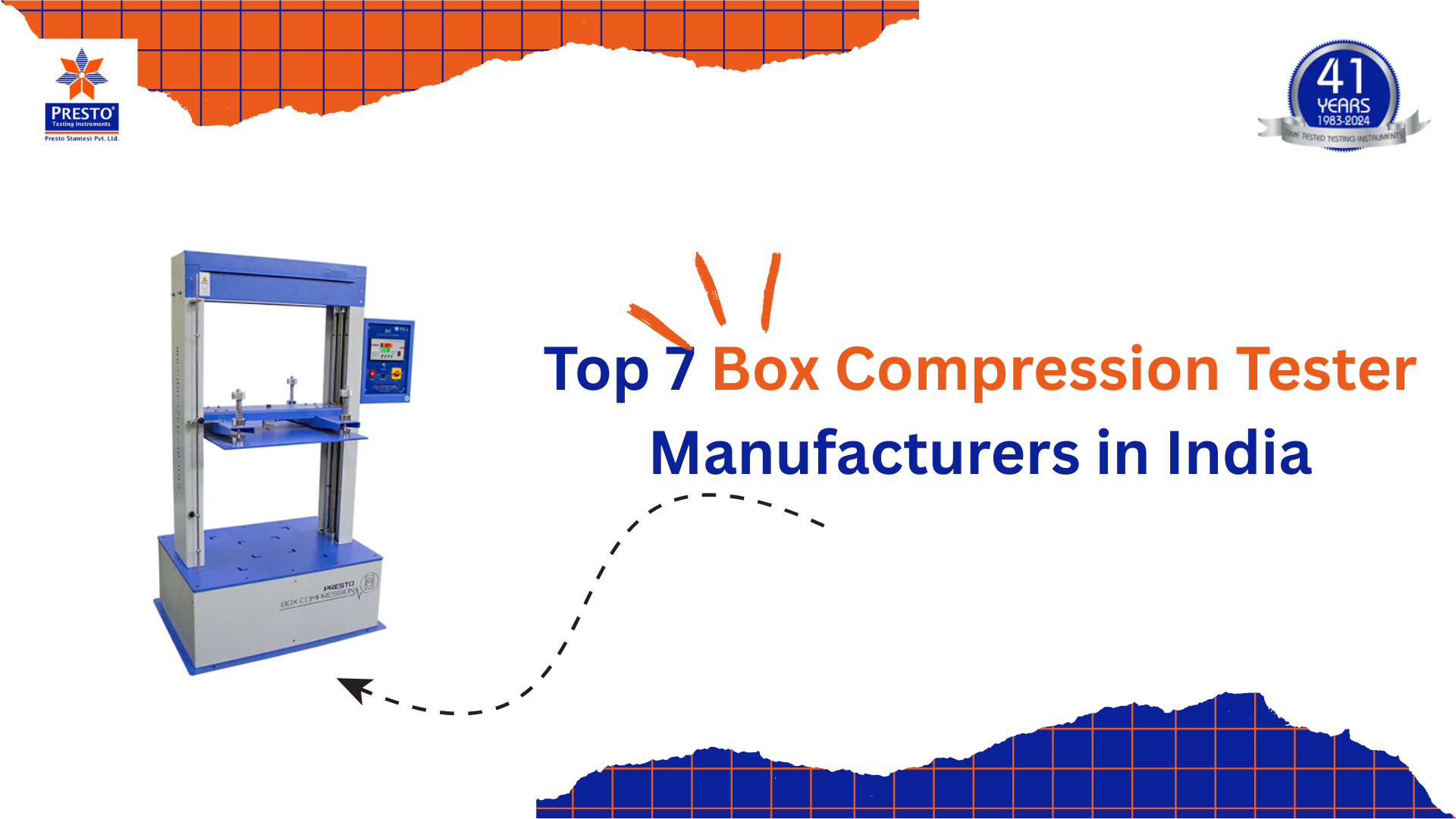The Role of Bursting Strength Tester in Paper and Packaging Industries: A Comprehensive Guide
In the realm of packaging, ensuring the durability and strength of your products is paramount for maintaining customer satisfaction and preventing product damage during transit. One of the most crucial tools in this regard is the Bursting Strength Tester. Let's delve into what this machine is, how it works, and why it's essential in various industries.
A Bursting Strength Tester is a machine that measures the strength of paper, paperboard, or other flexible materials before they tear or burst under pressure. It works by applying increasing hydraulic pressure to a sample material through a rubber diaphragm until it fails. The value at which the material bursts is recorded as its bursting strength.

How Does a Bursting Strength Tester Work?
The principle behind a bursting strength tester is straightforward. A sample material is clamped and subjected to a steadily increasing hydraulic pressure. As the pressure increases, it pushes against the material until it bursts. The value at which the material bursts is recorded as its bursting strength. This test helps assess how the material will behave under internal or external forces like stacking, dropping, or handling stress during shipment.
Applications in the Paper Industry
In the paper industry, the Bursting Strength Tester plays a vital role in evaluating raw material quality and ensuring the durability of finished products. Some common applications include:
- Kraft Paper Testing: Kraft paper is often used in packaging due to its strength and flexibility. A bursting strength test checks whether the kraft paper meets the required pressure resistance standards before it's converted into bags or boxes.
- Tissue and Writing Paper: While these papers are thin, testing them helps ensure uniformity and prevent tearing during use. The tester helps determine how easily the paper will rip under stress.
- Paperboard and Linerboard: Before converting into cartons or laminated sheets, paperboard needs to pass the bursting test. A higher bursting strength indicates better durability, especially for moisture-sensitive packaging.
Applications in the Packaging Industry
Packaging companies rely on the carton bursting strength tester to evaluate the strength of corrugated boxes, which are used in almost every industry—from food to electronics to e-commerce. Some common applications include:

- Corrugated Box Testing: Corrugated boxes are widely used for shipping and must handle rough handling, pressure from stacking, and long transit periods. The bursting strength test ensures that the boxes don't collapse or tear under load.
- Carton Quality Control: In packaging, if the carton isn't strong enough, the product may get damaged. Using a bursting strength tester ensures that cartons meet safety and strength standards before going to market.
- Export Packaging: Exported goods go through long and tough journeys. That's why exporters prefer packaging that passes strict quality checks, including bursting strength. This test helps maintain consistency in international shipments.
- Printed Cartons & Display Boxes: Even good-looking printed cartons need strength. Bursting strength testing ensures the print packaging is not just attractive but also tough enough to survive logistics.
Why Bursting Strength Testing Is Important
Many people ask why not just use a compression test or drop test? While these tests check external factors, the bursting strength tester measures the internal resistance of a material. It tells you about the material's fiber structure and bonding quality, which is critical for materials like paper or single-wall cartons. Additionally, bursting strength testing:
- Prevents product damage during shipping
- Reduces returns and complaints
- Ensures quality standards like ISO, ASTM, TAPPI
- Helps save cost by using just-right quality materials
Bursting Strength Tester Price in India
The bursting strength tester price depends on various factors like build quality, digital or manual operation, and added features (like memory storage or printer output). Typical price ranges are:
- Manual models: ₹30,000 to ₹50,000
- Digital models: ₹60,000 to ₹1.5 lakh
- Advanced/fully automatic: ₹2 lakh and above
If you're looking for reliable and accurate machines, brands like Presto Group are trusted suppliers in India. Their machines are known for accuracy, durability, and ease of use.

Key Features to Look for in a Bursting Strength Tester
If you're planning to buy one, here are some must-have features:
- Digital display for clear readings
- Pressure gauge with dual units (kg/cm² and psi)
- Sturdy clamping mechanism to avoid sample slip
- Easy calibration and user-friendly controls
- Memory storage or print facility (optional but helpful)
- Extreme Temperature sustaining Neoprene diaphragm
- Calibration of Pressure
- Display of Bursting strength & Bursting factor in one indicator. Also, make sure it complies with international testing standards like ASTM D3786, ISO 2759, and TAPPI T810.
How to Use a Bursting Strength Tester (Short Guide)
- Cut the sample as per standard size (usually 100 mm × 100 mm) 2. Clamp the sample between the tester’s clamps 3. Apply pressure via the hydraulic system 4. Record the bursting value displayed digitally 5. Compare with standard values to check material quality
Conclusion: Strength Today, Safety Tomorrow
In the paper and packaging industry, ensuring material durability isn’t just good practice—it’s a critical quality control step. The Bursting Strength Tester helps manufacturers avoid weak spots in packaging, reduce product damage, and maintain customer trust. From raw kraft paper to final printed cartons, bursting strength testing is an essential process for building strong, reliable, and compliant packaging.
As an indispensable tool in the evaluation of packaging durability and safety, The Role of Bursting Strength Tester in Paper and Packaging Industries: A Comprehensive Guide provides essential insights for ensuring product integrity through accurate burst strength testing methodologies.














